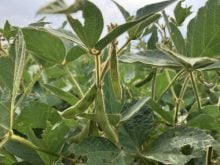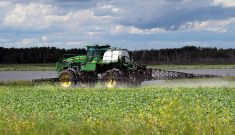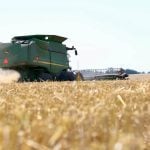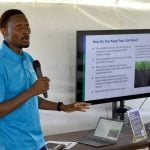Telematics is a 10-cent word for what some farmers are already doing, but a farm business expert says its greater potential has yet to be realized.
Jay Breggencate, managing partner with Farmer’s Edge in Alberta and Saskatchewan, defined telematics as the technology of sending, receiving and storing information via telecommunications devices to affect things happening remotely.
Monitoring tractor activity from an office computer or tracking goods from field to customer using GPS and cellphones are examples of telematics at work. And it’s the coming thing, Breggencate said.
Read Also
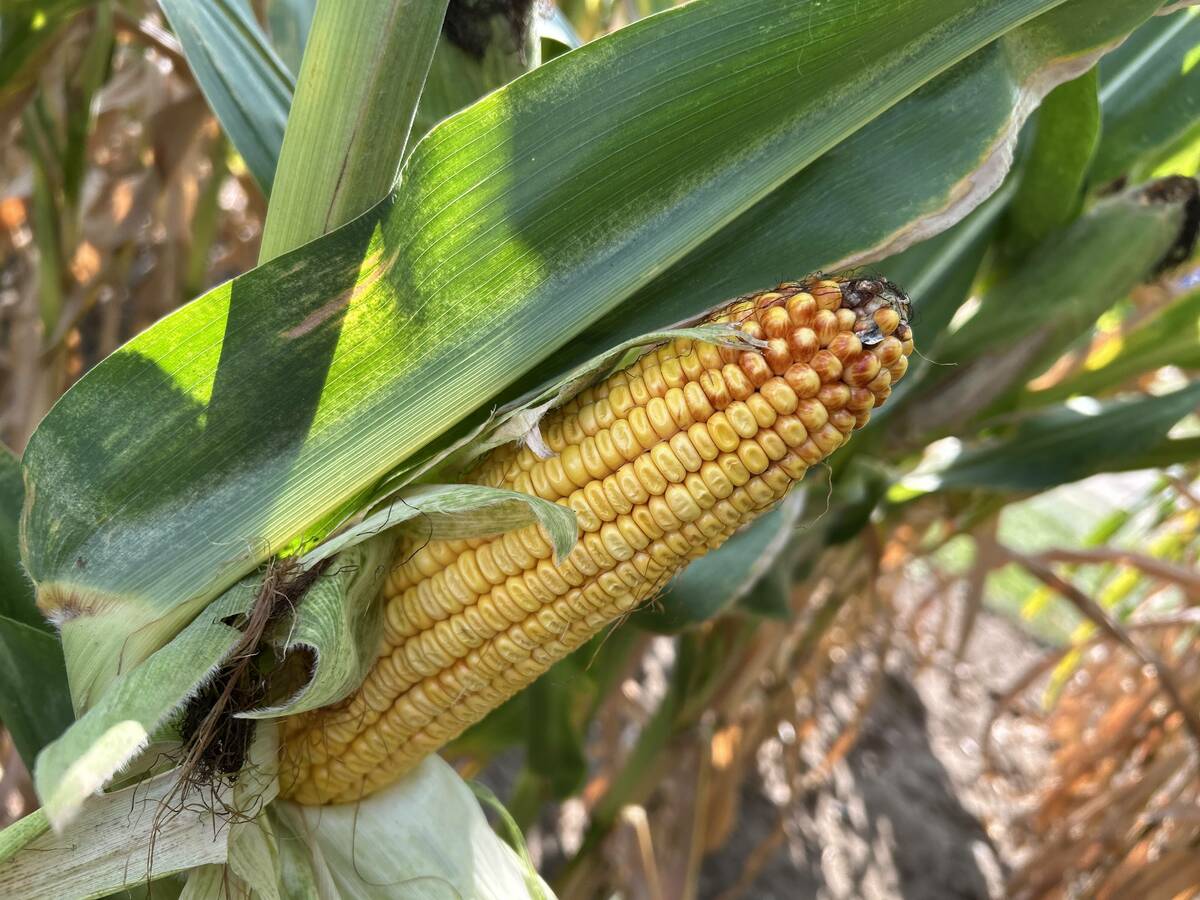
Crop estimates show mixed results
Model-based estimates used by Statistics Canada showed the 2025/26 crop year has seen increases in canola, corn for grain, oats and lentils production while seeing dips in spring wheat, durum wheat, soybeans and barley in comparison to 2024/25.
“I think telematics is the next rapid growth technology adoption that I believe most of us in this room are going to be using to some degree in the next few years,” he told a Dec. 7 Farming Smarter conference.
He said agriculture is all about mobility, which means telematics has potential for efficient monitoring of field equipment and more accurate management of product, particularly in large operations with multiple equipment units.
Common examples of telematics include fleet management of transport trucks and the General Motors On-Star technology. Essentially, it integrates global positioning equipment with wireless technology.
Breggencate said most farm equipment manufacturers are including telematics in their machinery. Basic agricultural uses now include operations and reporting, machinery health and tracking, agronomy, data management, real time reporting and guidance.
Breggencate said telematics can allow farm managers to track the progress of a piece of machinery from anywhere in the world using a smart phone or computer.
The technology is becoming common in Ukraine and Russia, where large farms use many pieces of equipment. Through telematics, managers can monitor work and receive alerts if a unit has stopped for more than a specified amount of time.
Geofencing falls into the operations category. A “virtual fence” can be created around the farm or field and an alert is sent when equipment leaves the perimeter.
Telematics can allow machinery technicians to diagnose problems from another location, without needing to go to the field or have the unit brought to the shop.
Breggencate said John Deere leads the pack with JD Link. For example, equipment can automatically send an alert to the dealership if an air filter is clogged or an oil change is overdue.
“Let’s face it, we’re investing hundreds of thousands of dollars in these pieces of equipment. Getting good maintenance and keeping them in shape is a good idea in most cases to protect that investment.”
Telematics can be used in field scouting by using georeference points where weeds, disease or insects have been noticed.
Photos of the trouble spots can be tied to a specific point on the field map and transmitted in real time to farm managers. Appropriate action can then be planned and taken.
Through telematics, large amounts of data can be sent to a home computer without using memory sticks or personal data entry.
Data can include activities of each machine, seeding, spraying and yield information. It can then be stored for later use.
“I think this is going to be the real mother lode as far as data management and how we handle data on the farm,” said Breggencate.
Breggencate told the conference about a system that enables farm managers to track crops and inventories from the field to their final destination.
The web-based system can capture harvest data that can be viewed on cellphones, tablets and laptops. It allows monitoring of operations from anywhere using a cellphone.
A system of “electronic tickets” notes each step in the process for later use.
He said the Fendt driverless tractor is an example of successful guidance telematics. One tractor is manned and a second follows the first via remote control made possible with telematics.
Breggencate said this could be part of the answer to chronic labour shortages on the farm.
He said potential concerns include compatibility of equipment from different manufacturers and protection of data.



